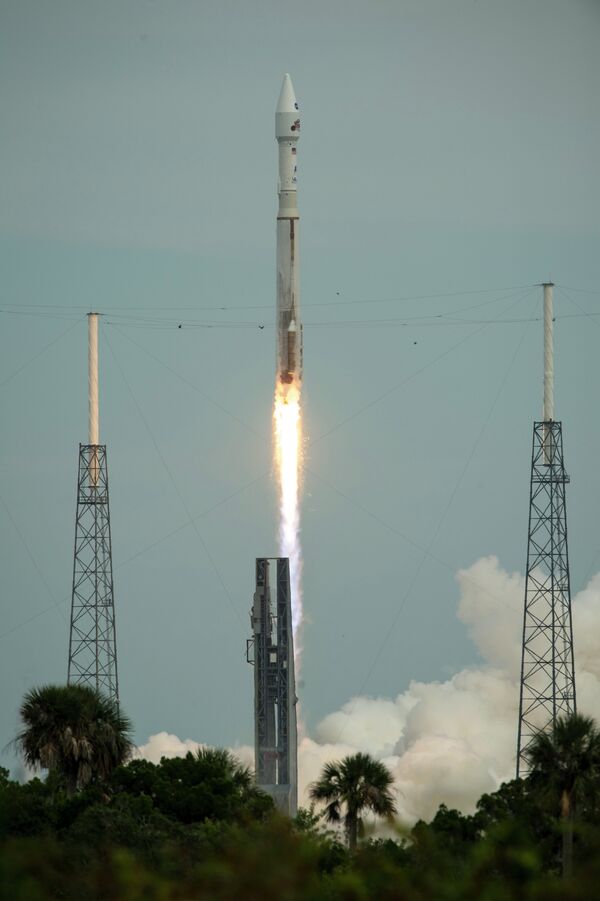WASHINGTON, November 18 (RIA Novosti) – The US space agency NASA on Monday launched its space probe designed to study the upper atmosphere of Mars in a bid to understand how the Red Planet’s climate changed over the course of billions of years.
The agency’s Mars Atmosphere and Volatiles Evolution (MAVEN) orbiter was launched into space aboard a United Launch Alliance (ULA) Atlas V-401 rocket that blasted off from Cape Canaveral, Florida, at 1:28 p.m. EST (1828 GMT), according to NASA.
The trip to Mars is expected to take around 10 months, and MAVEN is set to enter the Red Planet’s orbit in September 2014, NASA said.
NASA said in a statement earlier this year that scientists expect the space probe to yield “unprecedented data that will help them understand how the loss of atmospheric gas to space may have played a part in changing [Mars’] climate.”
“We want to better understand how the atmosphere is escaping from Mars,” NASA research scientist Paul Mahaffy told ABC News ahead of Monday’s launch. “Then, we can extrapolate back in time and ask, ‘Was Mars’ climate substantially different than it is today?’”
NASA’s current missions to the Red Planet include the Mars Reconnaissance Orbiter, two exploration rovers Spirit and Opportunity, and the much-touted Mars Science Laboratory Curiosity rover.
These missions, however, focus on the study of the planet’s surface.


